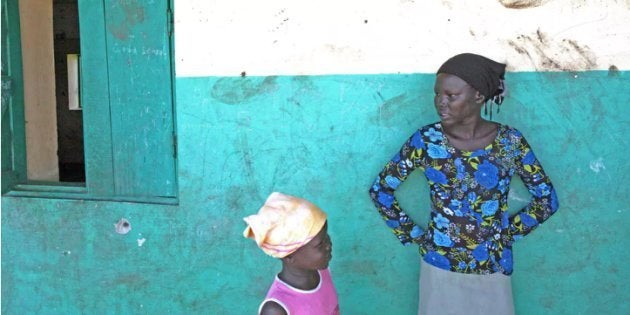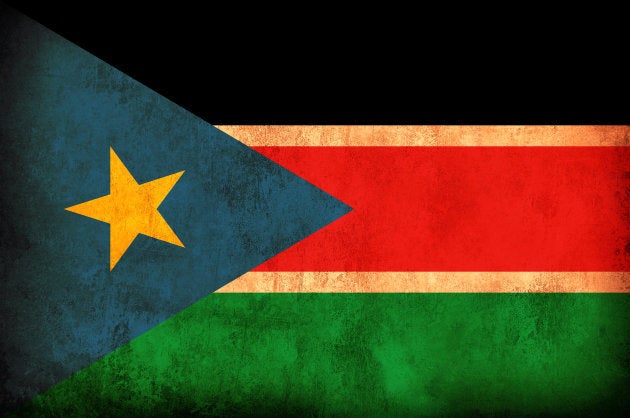
Last month, a Sudanese court sentenced a 19-year-old woman to death for killing her husband — who had repeatedly raped her. The prosecution of Noura Hussein, forcibly married at the age of 16, has triggered global outrage and drawn attention to the millions of girls worldwide who are married against their will.
A high-profile campaign has been initiated to overturn Hussein's death sentence, with celebrities such as Naomi Campbell, Emma Watson, and former Australian prime minister Julia Gillard lending their support.
The Sudanese court's decision to apply the death penalty in the case is shocking. However, the practice of child forced marriage is putting the lives of millions of adolescent girls at risk around the world. One in five girls worldwide is estimated to be married before the age of 18, including even in parts of the U.S.
Not only are these girls often left isolated from their families and support networks, they face a greater risk of contracting HIV/AIDS and experiencing dangerous complications in childbirth. They are also much more likely to experience domestic violence and be taken out of school. Often, they are married to much older men — and with limited economic opportunities, are more likely to live in poverty.
Rates of child forced marriage are exacerbated by conflict and crisis, which have been particularly pronounced problems in South Sudan, the nation that split from Sudan in 2011 following decades of debilitating war. Conflict has continued nearly unabated since then, displacing millions of people and causing widespread food shortages.
The minimum legal age for marriage in South Sudan is 18. This is set out in the transitional constitution and the Child Act of 2008. The minimum age limit is much higher than in neighbouring Sudan, which allows a girl to marry with a parent's permission at just 10 years of age.
Despite the laws in South Sudan, however, Unicef estimates that 52 percent of girls are married there before their 18th birthday; the fifth-highest rate of child marriage in the world. (In Sudan, the rate is 34 percent.)

Adolescent pregnancy frequently follows early marriage as well. At 158 births per 1,000 women aged 15-19, South Sudan has one of the highest rates of adolescent pregnancy in the world. Combined with one of the world's worst maternal mortality rates, at 789 deaths per 100,000 live births, early marriage has dire consequences for adolescent girls.
As part of a recent study between Plan International and Monash GPS, we conducted research with adolescent girls in South Sudan and in refugee camps in northern Uganda. We found that there are numerous and overlapping drivers for forced child marriage in South Sudan.
The current food crisis and economic downturn mean that the collection of a bride price makes early and forced marriage a viable — yet negative — coping mechanism for families. One of our research participants, a member of civil society in the capital, Juba, remarked: "With this current situation some parents take their girls as assets, which are sold expensively, so in most cases, most parents sell off their daughters for money."

In Nimule, another said: "Due to the conflict, most of the parents are forcing their girls to get married, so that they can get money to survive in this current situation."
We found family separation increased the risk of early and forced marriage. Many adolescent girls who, due to the ongoing conflict, are separated from their parents and residing with extended family, are far more vulnerable to forced marriage. This is primarily driven by male relatives such as uncles and cousins.
We also found that once married, girls nearly never return to school. One of the adolescent girls we interviewed told us: "The future is not good at all ... many girls will end up getting married as a means of survival."
This piece first appeared in The Conversation. It has been edited for style by HuffPost.
